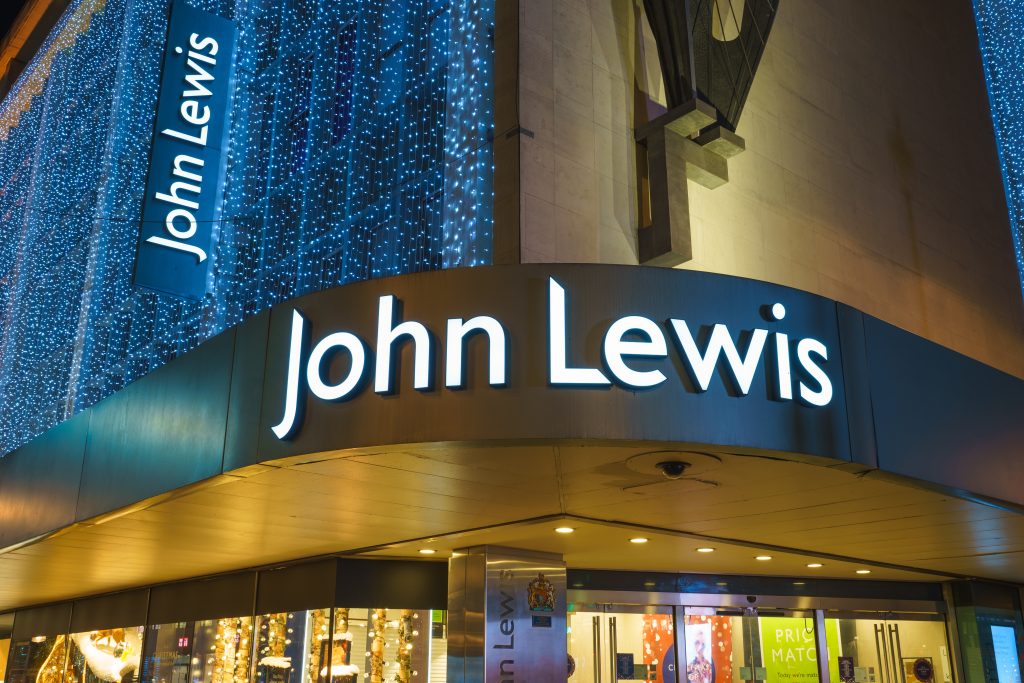How did JLP get here?
The sudden departure of John Lewis’s MD Pippa Wicks followed by what seemed to be an equally sudden decision to appoint the business’s first CEO. Significant losses. The second missed bonus in living memory. And then the hitherto unthinkable.

It might be mooted as only partial, but what is being talked about is demutualisation.
The major challenges the Partnership faces are retail ones. And they are pretty much the same as those faced by others.
Not so long ago one would have been very confident that JLP was better placed than most to deal effectively with them. What’s changed?
I think the roots of the gradual shift from strength to weakness began under the previous leadership team.
The Partnership has become progressively more corporate. Too conscious of how the next set of figures will be viewed by the outside world, too focused on short term performance, too much top exec time spend facing out and less facing in.
Being a private, employee-owned business was once a pivotal advantage.
It was crystalised in the best customer service in the industry, and a longer-term view of investment that built solid, steady results driven by consistent trading performance.
It has steadily become a disadvantage and now, the business is so desperate to raise money, it’s prepared to make a fundamental adjustment to the structure and ethos that made it totally unique.
To become much less like the Partnership and much more like other companies.
Looking outside of retail
Dame Sharon White and her team have determined that retail is too tough an industry for all of the Partnership’s eggs.
The thinking is that JLP’s tremendous brand equity can be transferred into housing and financial services.
Exactly how transferable remains to be seen but I don’t think the portents are good.
JLP’s brand strength is eroding, as reflected in its faltering trading performance.
Brand equity and loyalty must be earned in a specific area and takes time. History is not very encouraging.
The past 15 or so years have been littered with leading retailers extricating themselves from financial services, usually at a heavy cost.
In my opinion, this strategy is mistaken. JLP’s brand strength is eroding, as reflected in its faltering trading performance.
The Partnership’s formerly pre-eminent customer service has been progressively diluted, a victim of regular cost cutting and reducing investment in supporting the retail proposition.

This has been a vicious circle: poor performance then cost cuts which further diminish the shopping experience, leading to even weaker performance.
Having already cut costs by £300m, a further £600m of cost cuts is planned by 2026. This is going to mean more staff reductions and a further erosion of the shopping experience.
An extraordinarily risky plan
Meanwhile, the business plans to swap a stake (of indeterminant scale) for £1 to 2 billion to invest in IT and infrastructure and, inevitably, non-retail operations.
JLP should ditch this strategy. It needs to invest in rebuilding its customer service and with it, its market-leading shopping experience.
The plan is extraordinarily risky. And sacrifices a retail model once the envy of so many in pursuit of an already overcrowded market where it has no track record or expertise.
In my opinion JLP should ditch this strategy. It needs to invest in rebuilding its customer service and with it, its market-leading shopping experience.
Far more customer-facing staff on the shop floor is essential. So too is some serious range editing. The offers have proliferated leading to deteriorating availability and stock turns.
Better IT and systems would certainly help better management of the business but it’s what happens on the sales floor and website screen that needs to improve in order to reverse sales declines.
The leadership needs to believe more in its core business. And demonstrate that belief with cost increases, aka investment.
This would attract better people, deliver the state-of-the-art-customer service that made JLP so special, and help to drive sales. Better inventory management will be cash (and margin) accretive.
The retail landscape is the most challenging it has ever been. But JLP still has valuable brand equity and loyalty to build on.
Defending the competitive positions of both John Lewis and Waitrose, and investing in driving sales, is a far less risky strategy than diversifying into the unknown.
There is a dearth of top retail talent at the Partnership. The recent CEO appointment missed the opportunity to address this issue.
As I said earlier, JLP’s key issues are retail ones. They need top retail talent to help restore its brand heritage and drive trading.
Richard Hyman is one of the retail industry’s most respected analysts. He is a partner at Thought Provoking Consulting.
Click here to sign up to Retail Gazette‘s free daily email newsletter


















